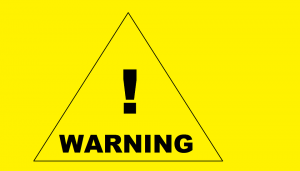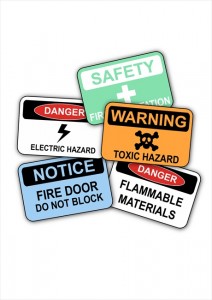Mistakes, accidents, gaffs, blunders – call them what you will, when they happen in the petroleum industry they can have catastrophic consequences. Lives can be altered or lost. Equipment can be destroyed. Workplace shutdown. Reputations ruined.
The number of mistakes and accidents on a worksite can be cut down, but in order to do that it’s important to know about the contributing factors.
Ben Woodcock, who works for Atkins in Calgary, has done work in the oil sands consulting with companies on workplace safety. Woodcock told New Technology Magazine there is a common set of error-producing conditions: fatigue, unfamiliarity, the competence of task and awareness. “Take familiarity—doing the same thing day in and day out. You would think that there would be less opportunity for error, but if you are performing a task 11 hours into a shift as opposed to the first three hours, then fatigue is going to be a factor.”
Woodcock went on to say, “there are three general parts to human factors. The first is the immediate interface: access to valves, pumps, switches and the working environment. The second is human reliability: the ability to remain aware and be able to take in data and make decisions in an error-free manner. The third is the safety culture: looking to influence the corporate culture to behave in a safer manner.”
One thing that might surprise you, says Woodcock, is that if a major incident is deemed to be the result of a failure in technology, steps are generally taken to repair equipment that has malfunctioned, but when it comes to human error, too often little is done in terms of proactive measures to ensure it doesn’t happen again. “It is easy to say, “It was just human error, there’s not much we can do about that”.
But that would be wrong. Woodcock says a strong safety culture can save lives and that means things may need to change, because the oil and gas industry doesn’t seem to regard safety as highly as other sectors, such as aerospace and nuclear power. “Human factors engineering* has been applied inconsistently in the oil and gas sector,” says Woodcock.
A strong safety culture has to start at the top of a company. Leading by example is key, followed by well thought out safety procedures and the workers have to feel reporting issues is the right thing to do without fear of repercussions.
You can help keep your employees safe by putting Katch Kan products on your rigs. Check out our Kelly Kan, Katch Mat and spill containment products.
*Human factors engineering (HFE) – an applied science that coordinates the design of devices, systems, and physical working conditions with the capacities and requirements of the worker.


